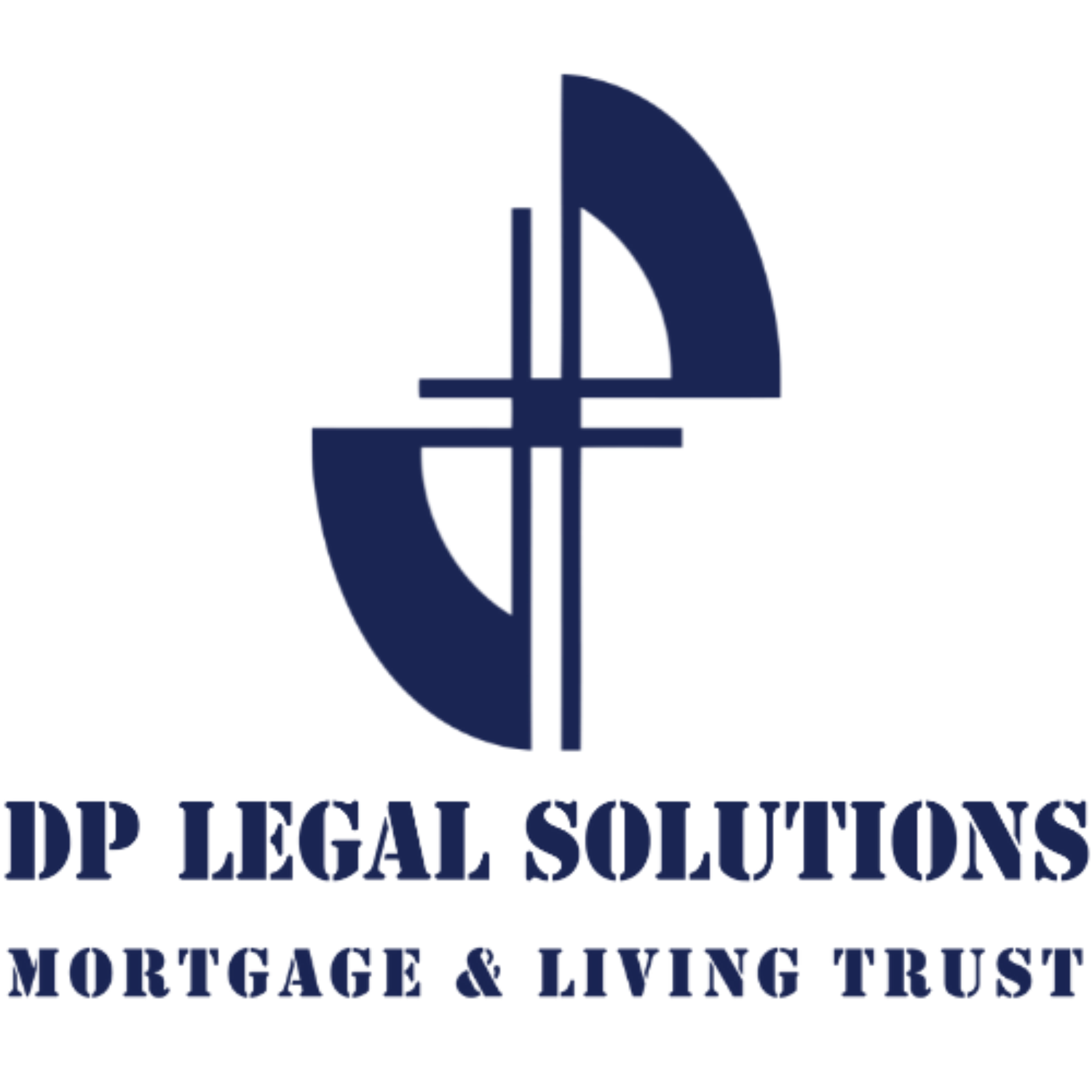By Robert Chang, Attorney at law.
A living trust must be properly “funded” in order to work properly. Upon the death of the person who created the trust, only that property which is titled in the trust’s name will avoid the probate process.
So what happens if the Settlor apparently did have the clear intention of transferring his assets to his trust, but just never did the paperwork, or died before the paperwork was completed? Is probate avoidance truly impossible? In such a situation, while court intervention is unavoidable, it may very well be possible to avoid a full probate proceeding, thus avoiding the tremendous expense and delay of “full” probate administration.
A situation was presented in Estate of Heggstad (1993), 16 CA4th 943, 20 CR2d 433, in which the settlor of a revocable living trust failed to execute and record a deed to transfer title to real property to the settlor’s trust. However, the Declaration of Trust document had a Schedule of Assets attached with a declaration that settlor held the property as trustee of the trust. In that case, the court held that the Declaration of Trust alone was sufficient to transfer title to the property to the trust. The result was the court ordered that the Settlor’s property listed on the Schedule of Assets was titled in the name of the trust and probate was avoided.
In order for a Legal Document Assistant (LDA) to assist you in pursuing a Heggstad Petition, you must be able to present written evidence that the Settlor’s intent was the assets you are trying to collect were supposed to have been titled in the name of his trust. As in the Estate of Heggstad, this is most commonly and effectively done with a Schedule of Assets (or “Schedule A”) which was attached to or otherwise accompanied the trust documents.
Although a Schedule of Assets really is essential, other written evidence may be considered and accepted by the court. For example, a recorded grant deed transferring real estate to the Trust may contain an error or may have been recorded improperly, and it is too late to remedy the error because of the Settlor’s death. Or there may be confusion as to the names of the Settlor, such as having an asset held in a married name as opposed to a maiden name.
Granting the petition is entirely up to the court. By pursuing this matter and hiring a LDA to do this work, you are taking responsibility for the outcome of the Petition.
Your matter must be relatively straightforward for our office to help you. If you are convinced that the court will approve a Heggstad Petition but you have no written evidence that the asset you are seeking to collect should be a trust asset, a LDA will not be able to help you and you must seek the assistance of an attorney. Accordingly, a LDA retains the right to decline to assist you if we are unsure about whether your Petition will be approved. If we decline to assist you, we are not saying that we think your Petition is meritless. In such cases, declining to assist simply means that either we feel your needs exceed the scope of the LDA’s capabilities, or that a LDA is generally unsure that you know what you are doing. If the LDA decline to assist, please ask for a referral to a qualified probate attorney. Likewise, just because a LDA agree to assist you does not mean that the court will grant the petition. It only means that your petition is such that that we can assist in preparation.
A Heggstad Petition is a petition in the probate division of the Superior Court. The trust’s beneficiaries must receive notice of the proceedings and a copy of the Petition. Additionally, all of the decedent’s heirs must also be notified of the proceedings and receive a copy of the Petition – even if they are not trust beneficiaries.
The Heggstad Petition is only intended to collect the assets not owned by the trust, and alone the Petition does not satisfy trust administration procedural requirements. You should consult with an attorney, or do your own research to see what else is necessary in order to proceed with the administration of the rest of the trust.
